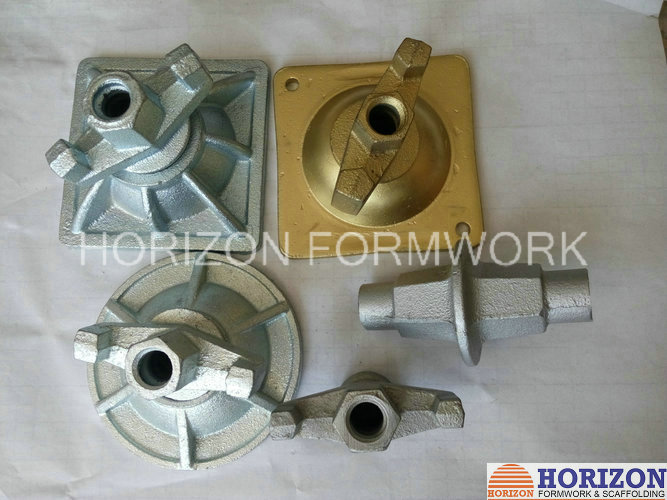Nov . 06, 2024 21:39 Back to list
Effective Temporary Support Structures in Construction Projects
The Falsework System A Crucial Element in Construction Engineering
In the realm of construction engineering, falsework systems play an integral role in ensuring structural stability and safety during the building process. Defined as a temporary support structure, falsework is employed to hold up and support the formwork, reinforcing materials, or any other temporary structures necessary for the construction of larger, more complex edifices, such as bridges, high-rise buildings, and dams. The significance of falsework systems cannot be overstated; they are essential for facilitating the safe and efficient construction of permanent structures.
Falsework systems are typically made from various materials, including wood, steel, or aluminum, chosen based on the specific requirements of the project, including load-bearing capacity, ease of assembly, and environmental considerations. The design and implementation of a falsework system require careful planning and engineering expertise to ensure it can adequately support the loads it will encounter during the construction phase.
One of the primary functions of a falsework system is to bear the weight and stresses imposed by wet concrete during the curing process. When concrete is poured into formwork, it exerts significant pressure. Therefore, the falsework must be robust enough to withstand this load until the concrete has gained sufficient strength to support itself. Engineers must accurately calculate the load distribution and incorporate safety factors to mitigate risks of failure.
Furthermore, falsework systems offer the advantage of flexibility in construction
. They can be adjusted and reconfigured based on the specific requirements of each project. For instance, in projects involving complex geometries or varying elevations, the adjustability of falsework systems allows for accommodating these unique aspects without compromising structural integrity.falsework system

Safety is a paramount concern in construction, and falsework systems are designed with this principle in mind. Properly constructed falsework reduces the risk of accidental collapses, which can lead to severe injuries and financial losses. As such, understanding the potential failure modes and ensuring compliance with safety regulations are crucial components of designing a falsework system. Regular inspections and maintenance during the construction process ensure that the system remains secure and functional.
While traditional falsework systems are primarily made from timber or metal, innovations in construction materials have led to the development of modular and pre-fabricated falsework systems. These modern alternatives provide several advantages, including reduced assembly time, decreased labor costs, and enhanced adaptability to various project needs. The use of lightweight materials and advanced engineering techniques has streamlined the construction process, allowing for quicker turnaround times while maintaining safety and reliability.
Moreover, advancements in technology, such as Building Information Modeling (BIM) and computer-aided design (CAD), have revolutionized how falsework systems are planned and executed. These technologies enable engineers and architects to visualize falsework in conjunction with the entire construction project, facilitating better decision-making regarding materials, design, and safety considerations. As the construction industry continues to evolve, the integration of technology into falsework planning processes is expected to enhance efficiency and accuracy.
In conclusion, the falsework system is a fundamental aspect of modern construction, underpinning the work of engineers and contractors as they endeavor to create large and complex structures. From ensuring safety and stability to offering flexibility in design, falsework systems provide essential support throughout the construction process. As innovations continue to improve falsework technology, it is likely that these systems will become even more efficient and adaptable, paving the way for safer and more effective construction practices in the future. The importance of a well-designed falsework system cannot be overlooked, as it directly impacts the overall success of construction projects and the safety of workers on site.
-
Heavy Duty Prop | EN1065 Shoring Props for Formwork & Slabs
NewsSep.01,2025
-
Formwork Spring Clamp Factories | Quality & Durable Spring Clamps
NewsAug.31,2025
-
Adjustable Heavy Duty Props for Slab Formwork - Max Load & Safety
NewsAug.30,2025
-
Premium Formwork Wing Nuts & Tie Rods | Factory Supplier
NewsAug.29,2025
-
Expert Ringlock Scaffolding: Durable, Safe, Efficient Solutions
NewsAug.28,2025
-
Ringlock Scaffolding: Strong, Safe & Efficient Solutions
NewsAug.27,2025